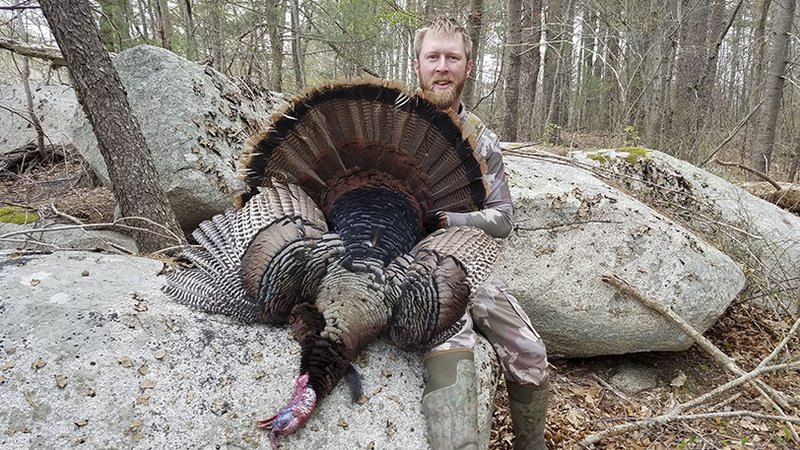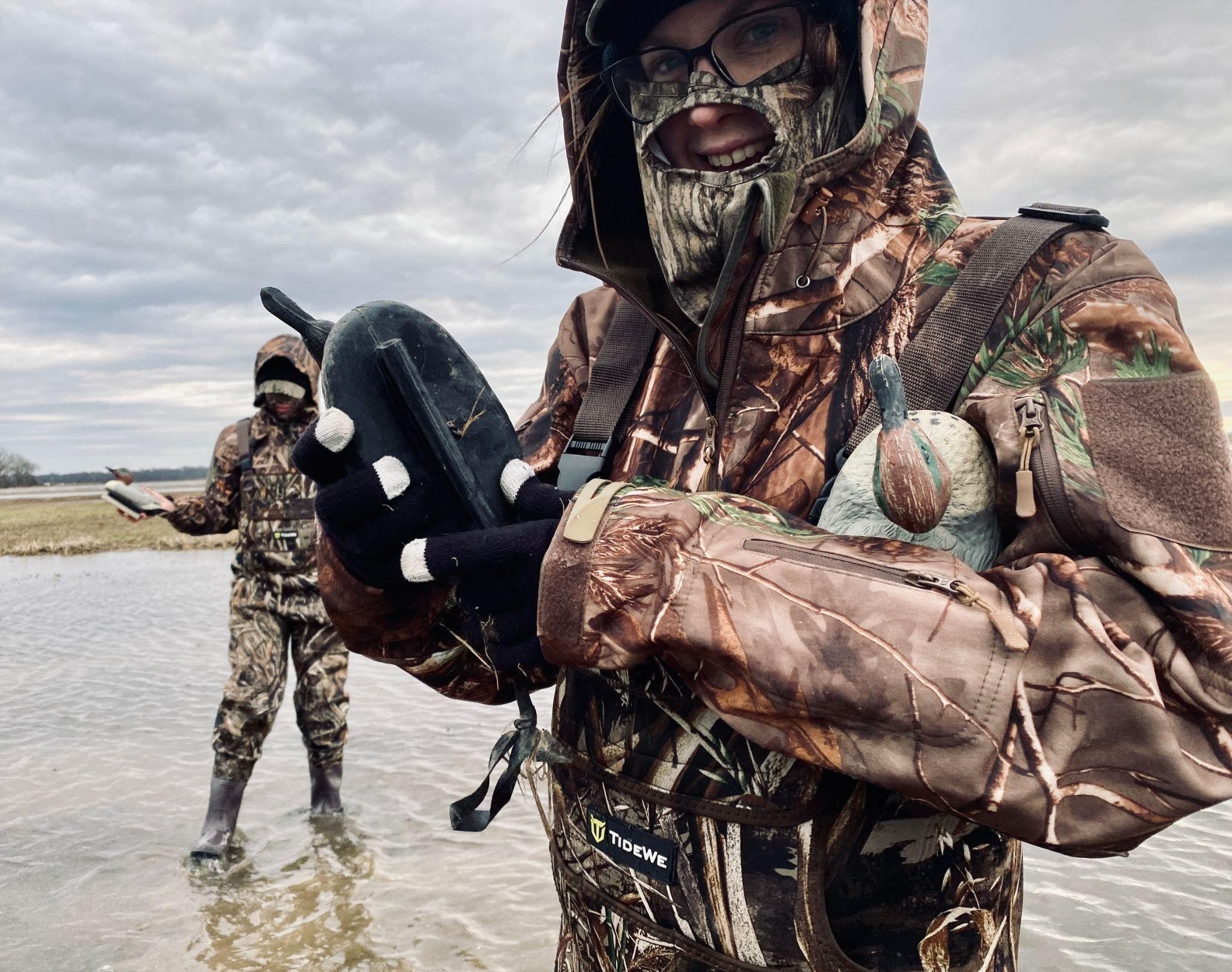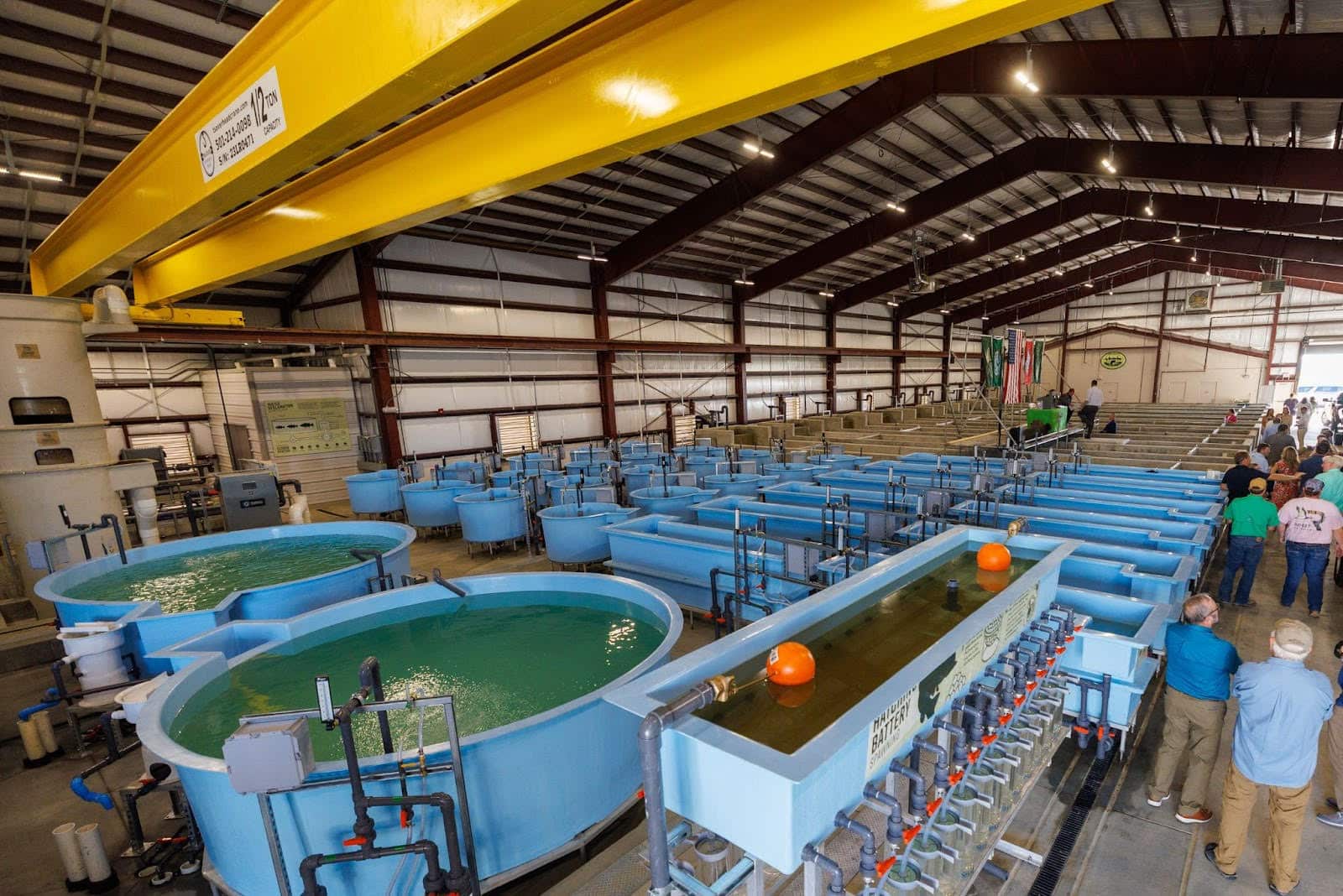Decoy options can make or break turkey hunting success
ON 04-03-2019

April 3, 2019
Randy Zellers
Assistant Chief of Communications
LITTLE ROCK — By now, most turkey hunters have traveled to their favorite patch of land to listen for a few mornings and hear some gobblers sound off for their hens. Even more have been glued to their favorite outdoors shows, watching scene after scene of anxious birds strutting around groups of decoys just before the host of the show drops the hammer. Decoys are absolutely a beneficial tool for today’s turkey hunter but, according to the Arkansas Game and Fish Commission’s turkey program coordinator, need to be understood to be most effective.
In addition to a Master’s degree in turkey biology, Jeremy Wood is an avid chaser of wild turkeys. He’s chased mature birds in many states, including Massachusetts, Georgia and Florida, and has already been sitting on ridgetops in the Ouachitas this year quietly waiting for some birds to give up their location to find his starting place when the opening day of the season starts next Monday.
“I’ll carry a decoy, but it depends on the situation on whether or not I set it out,” Wood said. “In some cases putting out a decoy can even cause a bird to hang up.”
Wood explains that the natural order of turkey biology is for the male to gobble and receptive females come to him. Turkey hunters are trying to get nature to work in reverse by having a gobbler come to their hen sounds. Sometimes gobblers can be stubborn if they see a decoy from far away, especially if they have other options nearby.
“She’s supposed to come to him, so he can hang up if he pops out and that decoy won’t come to him,” Wood said. “Sometimes it can be better if he doesn’t see anything and comes closer looking for that reluctant hen that’s been calling.”
Wood also says the decoy may stay in his vest if he’s trying to head off a bird on the move.
“I really prefer to ‘run-and-gun’ and stay mobile, especially on public land,” Wood said. “Trying to set up a decoy can be just one more thing that can go wrong if you have a bird moving that you’re trying to intercept.”
But that doesn’t mean decoys aren’t an incredibly effective tool. Wood says some situations can really benefit from putting out a hen decoy or even a little fake flock.
“When the hens have started to build their nests, gobblers will see less receptive birds to breed and may be more apt to come to a decoy,” Wood said. “Arkansas’s opening day is timed to be closer to this period, so that’s why I’ll still keep that hen decoy in my arsenal.”
Wood explains that with Arkansas’s current declining turkey population, it’s extremely important to let as many hens be bred as possible before hunters start chasing the gobblers so you can still have a successful hatch if the weather and habitat conditions cooperate.
“As a hunter, it’s painful to have to hear birds gobbling and wait,” Wood said. “But those gobblers really need to breed before we start hunting, to make sure we have turkeys two, three and four years down the road.”
Wood said that it’s common sense that a gobbler can’t breed if he’s been harvested, but there also are scientific studies finishing up that show gobbling activity decreases as soon as hunters start entering the woods.
“As soon as we start going out there trying to imitate nature, they start getting wise quickly,” Wood said. “Gobbling can vary every day from weather and temperature, but can flatline after only a few days of constant hunting pressure, and Arkansas birds see some pressure.”
Wood doesn’t use many male turkey decoys, but does note that if hunters are after mature gobblers, they can be effective.
“When they’re really gobbling and keyed up, a dominant bird may run over to chase away a jake he sees trying to breed ‘his’ hens,” Wood said. “But you can really cut yourself out of some birds using gobbler decoys if they aren’t the biggest, most dominant gobblers in the area.”
Another area Wood says can really impact a hunter’s success with using decoys is how far they set it from their location. Many hunters will set their decoy 30 yards away because they don’t want to be too close and get busted by a tom if they move. With the decoys so close to the edge of their shotgun’s effective range, they aren’t giving themselves any room for error if the gobbler hangs up.
“As long as I have a good solid tree to lean against, I’m going to set my decoy about 15 yards or so when I set one,” Wood said. “That way if the gobbler stops short and gets wary when he’s still 10 to 20 yards out, he’s still within my range.”
Wood’s final bit of advice to hunters heading out next season is to take good ethical shots, but not to be too picky about waiting for birds to do what they see on TV.
“I’d love to watch them all strut and put on a show, but realistically that isn’t going to happen every time. Actually, it’s not going to happen a lot of the time. If you’re looking to harvest a bird, you need to be ready to pull the trigger when a good shot presents itself or be willing to watch a bird walk away for another day.”
Recent News

Waterfowl Report: Better Conditions Greet Hunters
Dec. 12, 2025

Lonoke hatchery staff making room for megabass
Dec. 11, 2025
Subscribe to Our Weekly Newsletter E-mails
Don’t miss another issue. Sign up now to receive the AGFC Wildlife Weekly Newsletter in your mailbox every Wednesday afternoon (Waterfowl Reports are published weekly during waterfowl season and periodically outside the season). Fishing Reports arrive on Thursdays. Fill in the following fields and hit submit. Thanks, and welcome!
